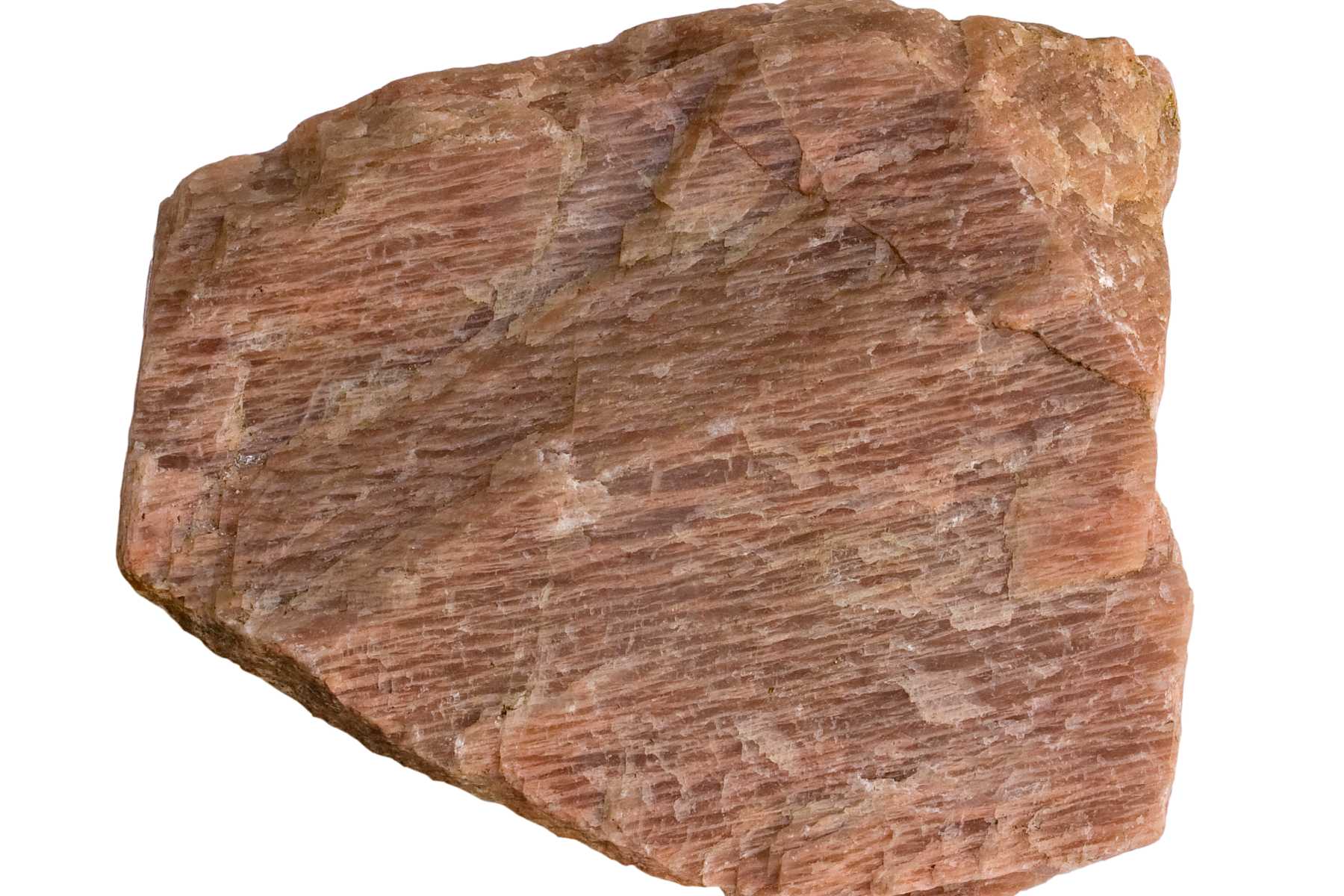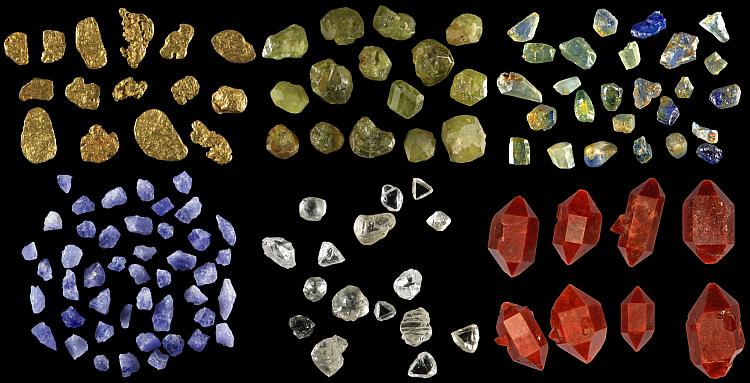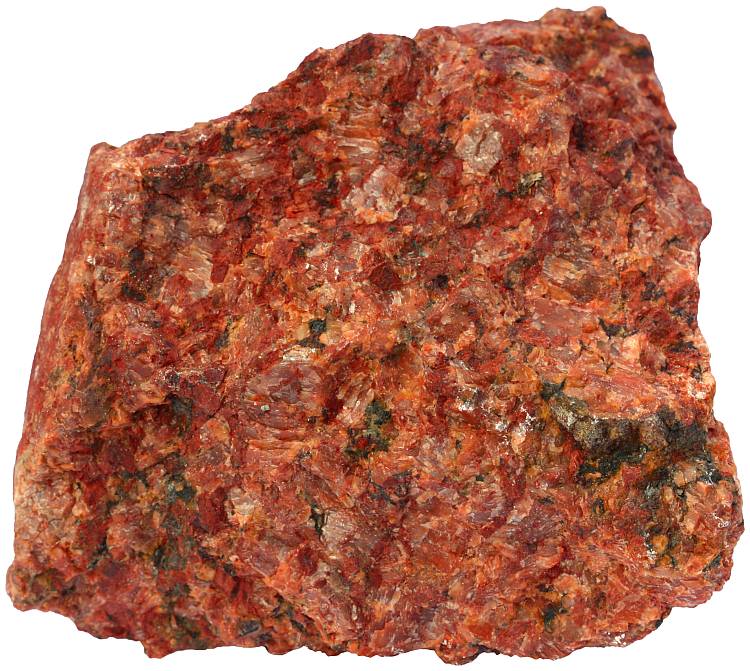What is feldspar
Feldspar is the most abundant mineral group in the Earth’s crust. There are more feldspars (60%) than all the other minerals combined in the outer (13-17) km of the crust1. Feldspars occur in most igneous and metamorphic rocks. They are less common in sedimentary rocks as they tend to break down to clay minerals in the weathering environment. Feldspars are broadly divided into two groups: alkali feldspars and plagioclase feldspars. Common alkali feldspars are orthoclase, microcline, adularia, and sanidine. Plagioclase feldspars are albite, oligoclase, andesine, labradorite, bytownite, and anorthite.
Feldspar in rocks
Feldspars occur in many rock types, but one rock type is composed of nearly pure feldspar – anorthosite. Very large feldspar crystals occur in pegmatites and well-developed crystals are found in hydrothermal veins.
Properties
Feldspars are hard (6-6.5 on Mohs scale) and have a glassy luster. They have a good cleavage (forming step-like surface in broken rock faces) which helps to distinguish them from quartz which is often associated with feldspars in rocks. Density of feldspar is 2.56 (K-feldspar) and ranging from 2.62-2.78 (albite to anorthite) which makes them relatively light-weight minerals among other silicate rock-forming minerals. Only Ba-feldspar (3.37) is clearly among the heavy minerals.
Why is feldspar so common?
Feldspars are so common because their constituent elements (Si,Al,O,Na,K,Ca) are ubiquitous. Alkali feldspars are silicates that contain K and Na. That is why they are called alkali feldspars (Na and K are alkali metals). Plagioclase feldspars form a solid solution series between Na and Ca end-member.
Complex structure
Feldspars are structurally complex minerals. The complexity arises from the fact that Na, Ca, and K plus Si and Al do not easily replace each other in the lattice because of different ionic radii and charges. Exsolution is common because feldspar crystals that are stable at high temperature tend to break down when cooling. Feldspars are also very prone to twinning which in some cases makes the identification easier and may also provide a beautiful play of colors.
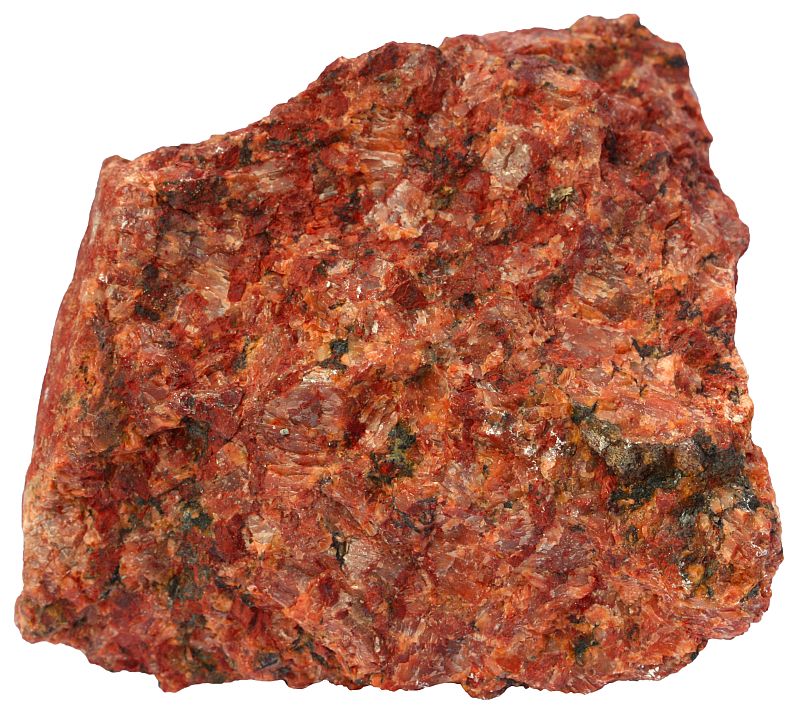
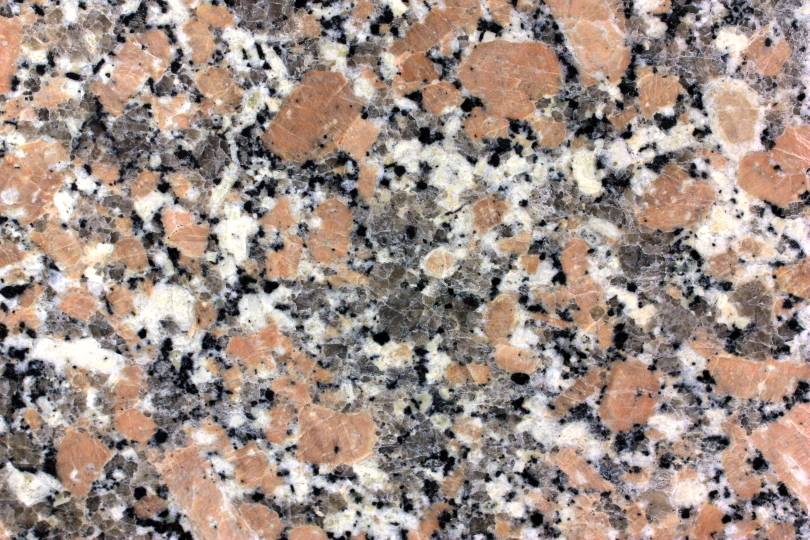
Composition
Feldspars include three compositional end-members: K-feldspar (KAlSi3O8), albite (NaAlSi3O8), anorthite (CaAl2Si2O8). Abbreviations commonly used are Or (K-feldspar), Ab (albite), An (anorthite). ‘Or’ is an abbreviation of a common K-feldspar orthoclase, but sometimes it is used as a symbol of all the alkali feldspars.
Alkali feldspars are compositionally between Or and Ab end-members. Plagioclase feldspars are between Ab and An. There are no feldspars that are intermediate in composition between K (Or) and Ca (An) end-members because these ions have different ionic radii and charges which would make the structure unstable.
Some uncommon feldspars contain barium in the crystal structure. They are celsian (BaAl2Si2O8) and hyalophane (compositionally between K-feldspar and celsian). They are also structurally similar to K-feldspars. These minerals are volumetrically very restricted, nowhere near as common as other feldspars.
Plagioclase
Plagioclase feldspars are the most common feldspar minerals because calcium is somewhat more common in the crust than potassium (3.6 and 2.8 percent of the crust, respectively). Plagioclase feldspars form a continuous solid solution between Ab and An end-members at high temperature, but the replacement of ions needs to be coupled because of the charge difference between Na+ and Ca2+. The charge balance in maintained by substituting Al3+ for Si4+. This is why feldspars are named aluminosilicates – Al and Si replace each other in the structure. The amount of potassium that may enter the lattice is limited because of large difference in ionic radii.
The plagioclase series is arbitrarily divided into six minerals or compositional ranges: albite (An0-An10 or Ab90-Ab100), oligoclase (An10-An30), andesine (An30-An50), labradorite (An50-An70), bytownite (An70-An90), and anorthite (An90-An100). These boundaries have no structural significance. Their use is justified because plagioclase is very common mineral and occurs in a wide variety of rocks and the composition of plagioclase is rather predictable. For example, it is common to find sodic plagioclase (oligoclase) in granite, more calcium-rich varieties (labradorite) in mafic rocks like gabbro, and intermediate andesine in intermediate igneous rocks like andesite.
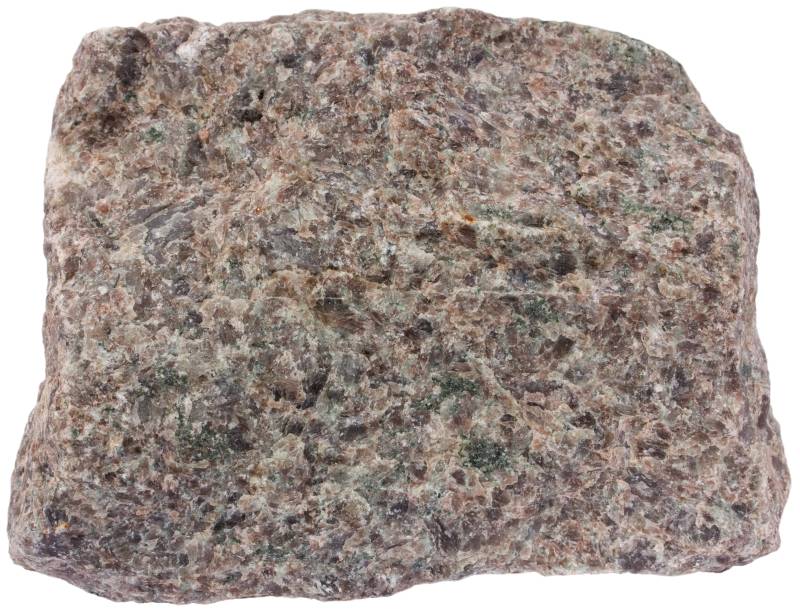
Alkali feldspars
Unlike plagioclase feldspars, alkali feldspars are divided into separate minerals not only based on their chemistry, but more importantly, based on optical properties determined by a petrographic microscope. The terminology and nomenclature is complex and somewhat even contradictory. This problem arises from the fact that the terminology has evolved over centuries and what we know today were not known to our forerunners who had no way to study the submicroscopic structure of these minerals. Orthoclase which is to this day traditionally defined as a monoclinic mineral is actually submicroscopically triclinic, just as microcline2. But traditions are here to stay so we continue to refer to orthoclase as a monoclinic K-feldspar.
Most alkali feldspars are compositionally closer to Or end-member which explains why we often refer to them as K-feldspars (potassium feldspars). Anorthoclase is an alkali feldspar that is sodic in composition.
Microcline is a triclinic K-feldspar and has a characteristic cross-hatched tartan pattern of twinning seen with a petrographic microscope. Orthoclase and sanidine are both optically monoclinic K-feldspars, but differ in acute angle between the optic axes (can be determined with a petrographic microscope). Sanidine occurs in volcanic and subvolcanic rocks. Orthoclase is more widespread in occurrence. Adularia is a K-feldspar produced by low-temperature hydrothermal (veins) or authigenic processes. It is structurally similar to microcline but without the cross-hatched twinning. Anorthoclase is the only alkali feldspar that is not K-feldspar. It is sodic in composition, optically triclinic and characterized by a twinning similar to microcline but on a smaller scale.
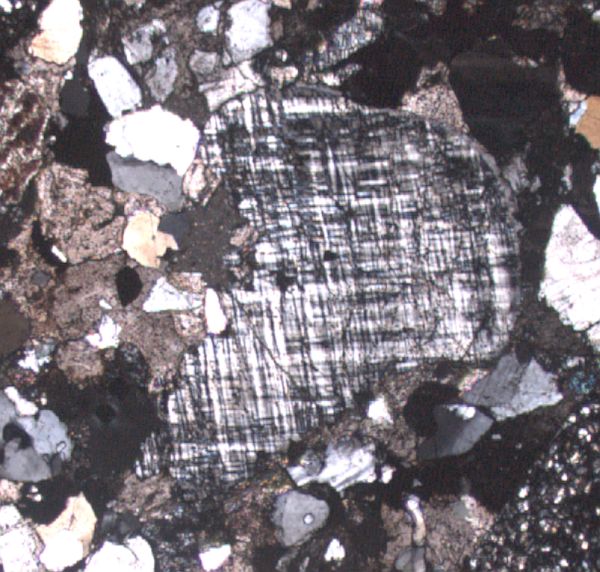
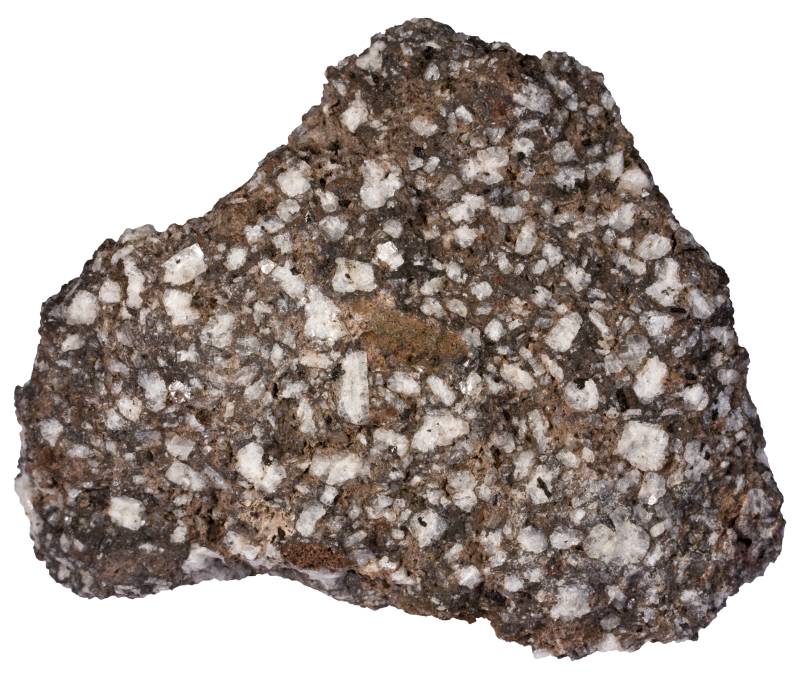
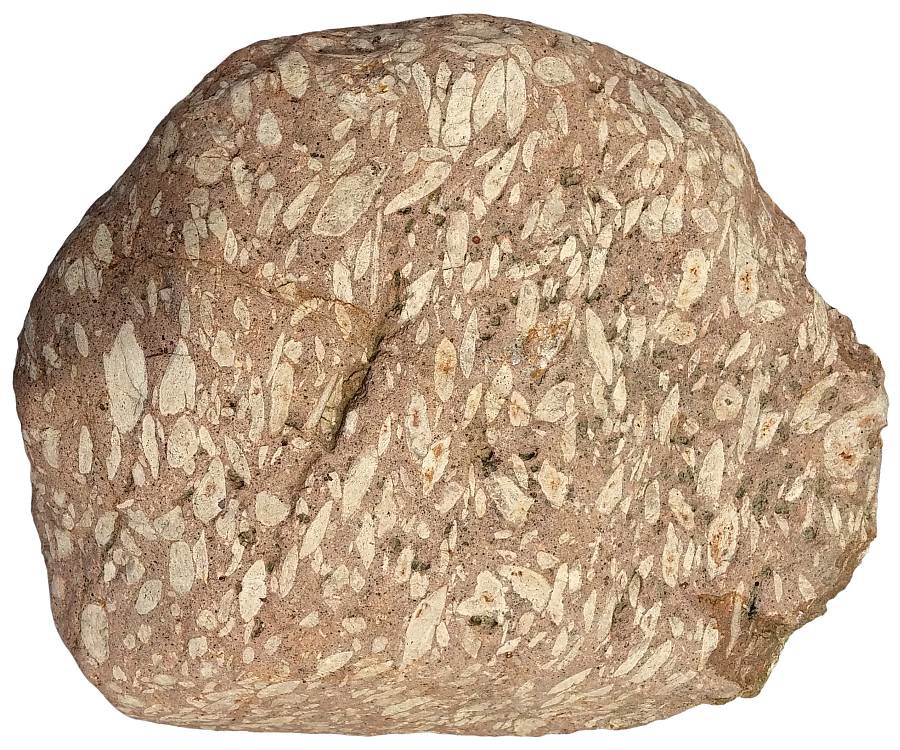
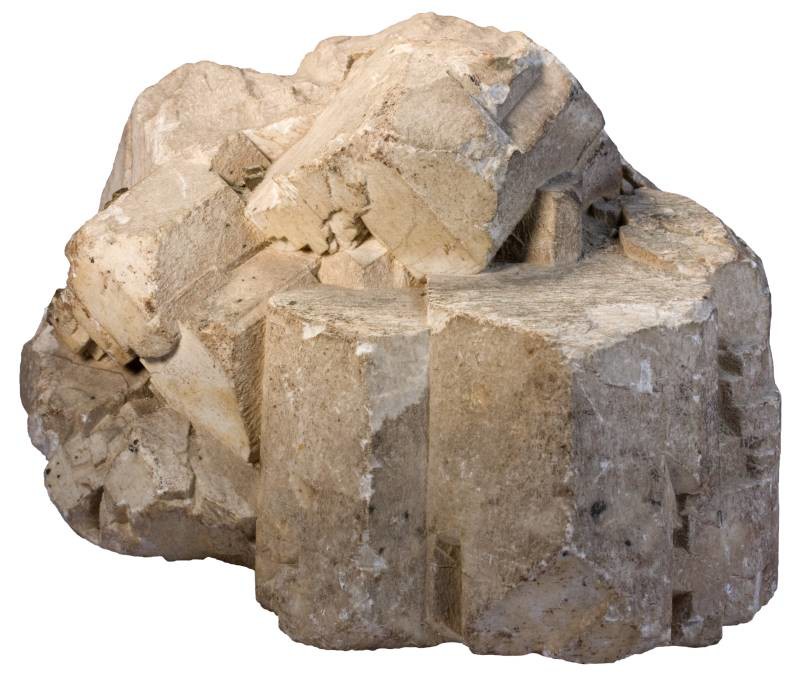

The structural state which is the basis of the alkali feldspar classification, is dependent on the temperature of crystallization and subsequent cooling history. Volcanic feldspars tend to retain their high temperature ordering because the cooling is very rapid (sanidine). Low-temperature feldspars either crystallized at lower temperatures (adularia) or had ample amount of time to cool down (microcline).
Exsolution
Most feldspars are not compositionally homogenous. Alkali feldspars usually have separated into potassium- and sodium-rich phases. Sodium-rich albite lamellae in K-feldspar is known as a perthitic and the opposite (K-fsp in Ab) as an antiperthitic texture. These textures develop because of differences in ionic radii of K and Na.
It is primarily the rate of cooling that determines how extensive the perthitic texture can be. Rapid cooling of volcanic rocks allow only microscopic exsolution to develop, but very slow cooling in deep-seated plutons may yield perthitic microcline where the exsolution lamellae are easily seen with a naked eye. Microcline is much more prone to develop easily seen perthitic texture than orthoclase and sanidine.
Moonstone is an alkali feldspar that displays beautiful iridescence produced by light interacting with submicroscopic exsolution lamellae that act as diffraction grates. Similar effect also occurs in plagioclase feldspars. Iridescence in plagioclase is known as labradorescence or schiller. This is also produced by the light reflecting back from separate exsolution lamellae which are submicroscopic (in size comparable to the wavelength of visible light) and therefore allow the reflecting light to combine (this phenomenon is known as interference of light waves) and form beautiful bluish play of colors. Some moonstones owe their spectacular appearance to thin hematite flakes or copper platelets in a particular crystallographic orientation that give the rock rosy or gold (hematite) or pink schiller (copper)1.
The reason for exsolution in plagioclase is different, however. It is primarily ordering in the crystals, not the difference in the ionic radii. The exsolution in plagioclase is also more subtle. They are usually not seen even with a microscope, let alone macroscopically.
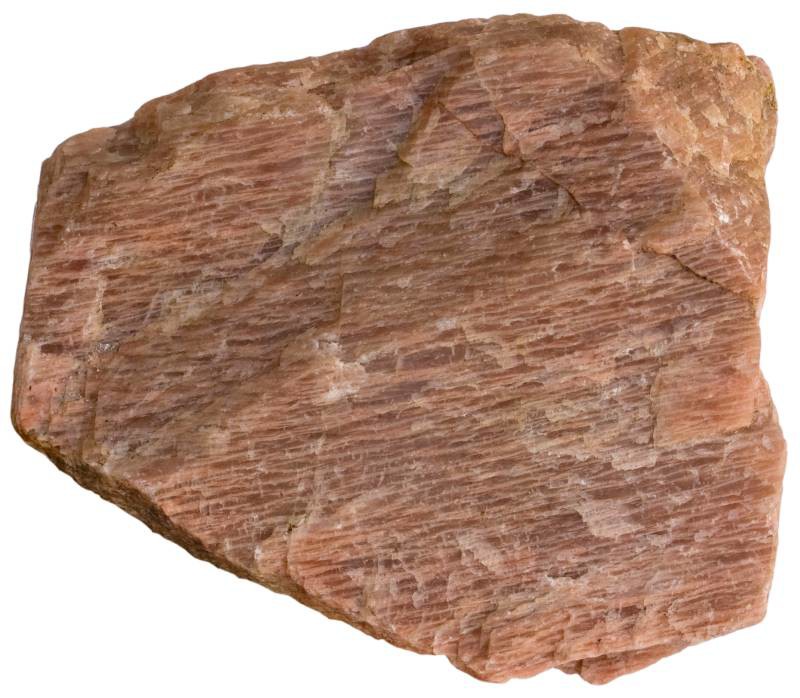
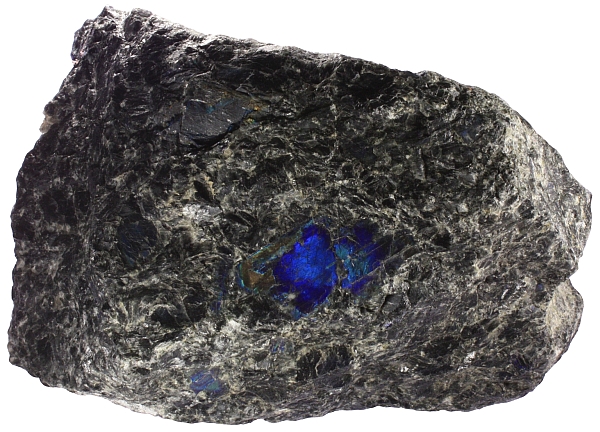
Twinning
Twinning deserves a special attention because no other minerals have as ubiquitous and complex twinning as feldspars. Twinning in crystals means that two or more crystal segments of the same mineral are symmetrically intergrown. Twinning is never random intergrowth, it always follows the laws of symmetry. Crystals may be twinned by reflection (there is a mirror plane between the two segments), rotation (one crystal is usually turned 180° to the other) or inversion (two segments are symmetrical to each other through the center of the crystal).
Twins may be simple (just two symmetrical segments) or multiple. The latter is especially common in plagioclases where many parallel segments are mirrored. This is known as polysynthetic twinning. It is easily seen with an optical microscope, but very often also macroscopically with a hand lens and even with a naked eye if you have a good eyesight. This is an important aspect because looking for parallel striations or grooves on the feldspar surface is one of the very few methods to determine whether it is a plagioclase or alkali feldspar. Twinning in alkali feldspars is common too, but does not have such a diagnostic value. Common twins are rotational Carlsbad twins, which are also penetrative (twin segments appear to be intergrown). There are about 20 different twin laws identified in feldspars although only few of them are common.
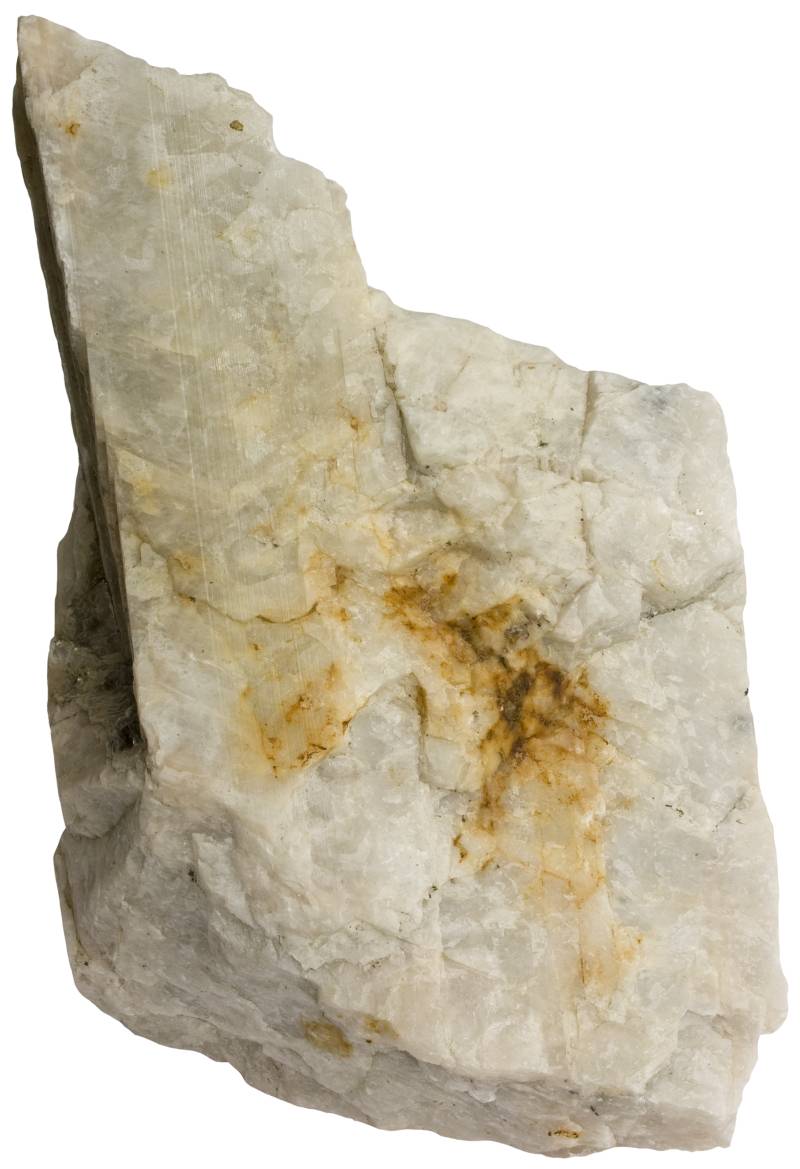
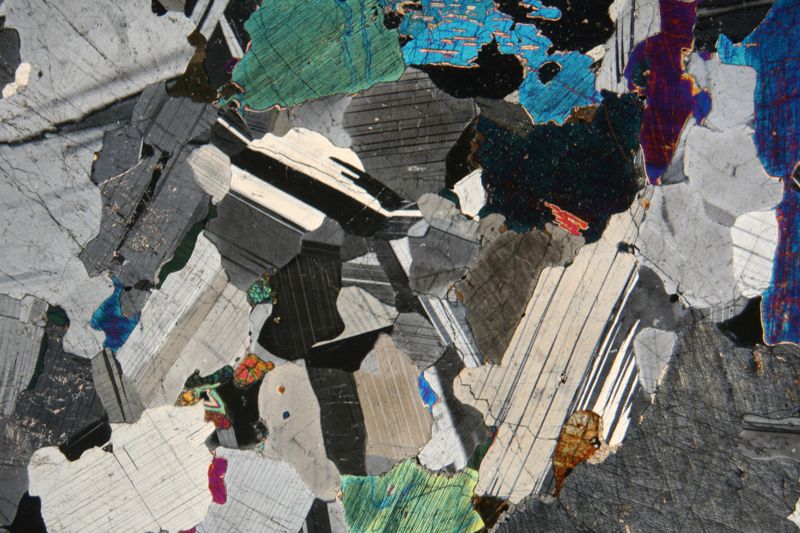
Color
Feldspars have no color of their own because they lack chromofore chemical elements in their structure. But they are almost never transparent either. Internal reflections from exsolution lamellae, inclusions, cleavage surfaces, etc. make the pure feldspar white in color. Albite (from the Latin albus) is even named so because of its characteristic white color. Other plagioclase feldspars are also commonly white, although many other shades are possible. Even almost black color due to Fe-Ti inclusions is not uncommon.
K-feldspars are often pink because of finely dispersed iron oxide mineral hematite. Some microclines are blue because of lead and even have a special name amazonite because of this color. Small amounts of three-valent iron gives them yellowish hue.
Feldspars may be partly weathered or altered to clay minerals, sericite (fine-grained muscovite mica), saussurite (mixture of albite, epidote and others – disintegration product of calcic plagioclase) which gives them somewhat dirty and worn-out appearance. Plagioclase is more susceptible to weathering than K-feldspar and Ca-rich anorthite is the least resistant. This is one of the reasons why K-feldspar is more common in sand than plagioclase. The other major reason is that although plagioclase is very common in the crust, a major part of it is in the oceanic, not in the continental crust. The source of sand is mostly the latter.
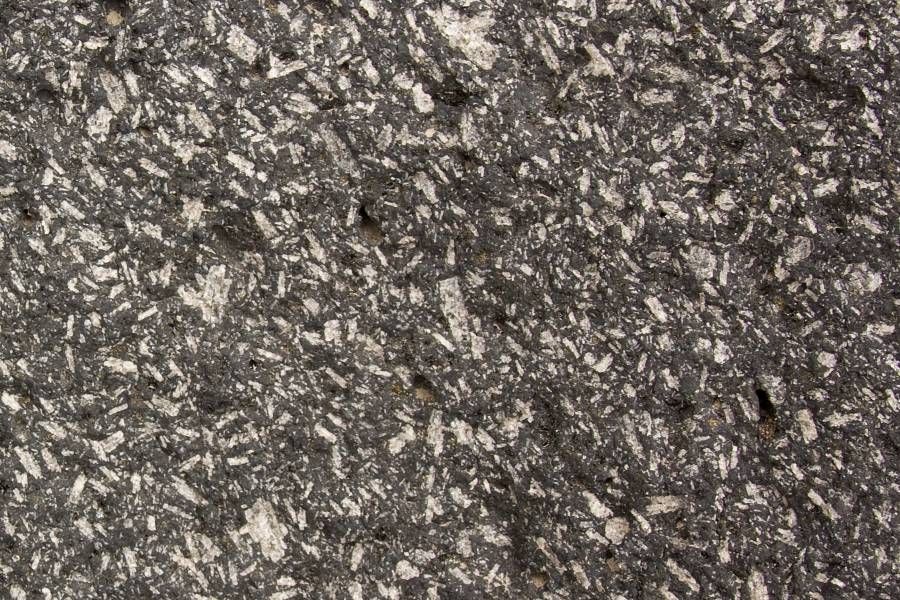
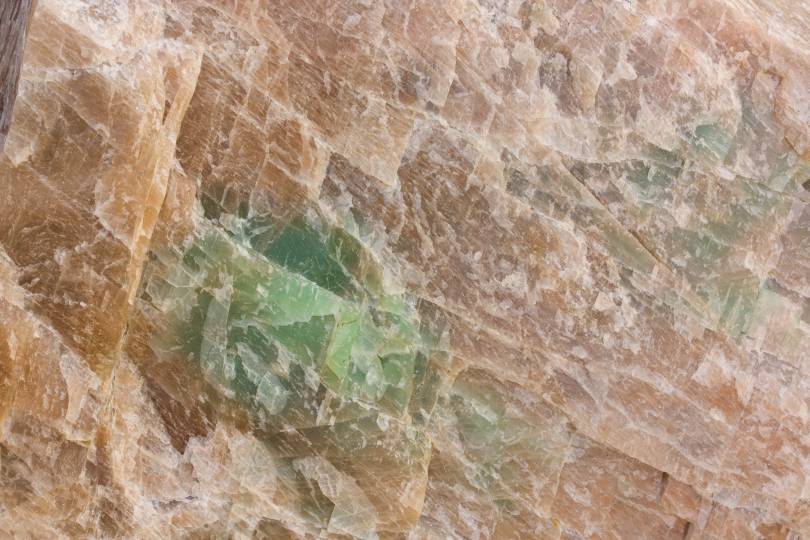
Occurrence
Igneous rocks that contain no or little feldspar are rare. These are ultramafic (olivine-pyroxene) rocks and alkaline rocks where feldspars are replaced by feldspathoids. All the other major igneous rocks like granite, syenite, gabbro, diorite, andesite, pegmatite, etc. not only contain feldspars, but in most cases feldspars make up more than half of their composition. This is the reason why we have chosen feldspars as the backbone of the classification schemes of igneous rocks. For example, granite is a rock that contains lots of alkali feldspar and quartz. Gabbro contains lots of plagioclase and pyroxene. Granodiorite is similar to granite but contains more plagioclase than alkali feldspar.
It is very useful to distinguish between alkali feldspars and plagioclase when classifying igneous rocks because alkali feldspars are clearly more widespread in felsic rocks (granite, syenite, granitic pegmatite, rhyolite) and plagioclase occurs mostly in igneous rocks intermediate to mafic in composition (andesite, basalt, gabbro). Alkali feldspar in plutonic rocks is either orthoclase or microcline. Felsic or intermediate volcanic rocks contain sanidine, orthoclase and anorthoclase.
Feldspars are also common in metamorphic rocks (gneiss, amphibolite, schist) and in hydrothermal veins. Feldspars are not very common in sedimentary rocks because they are not as resistant to weathering as are quartz and clay minerals (these are mainly the product of chemical weathering of feldspars). But still, in arenaceous (sandy) sediments feldspars are second in abundance after quartz. They are less important in mudstones-shales and carbonate rocks.
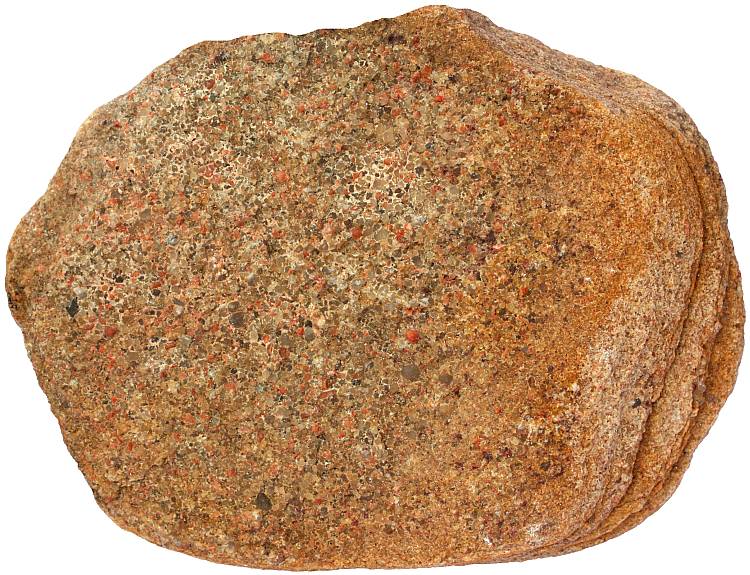
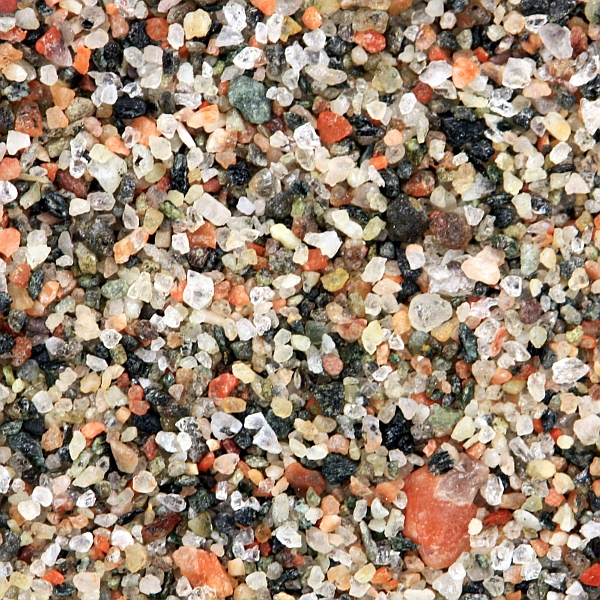
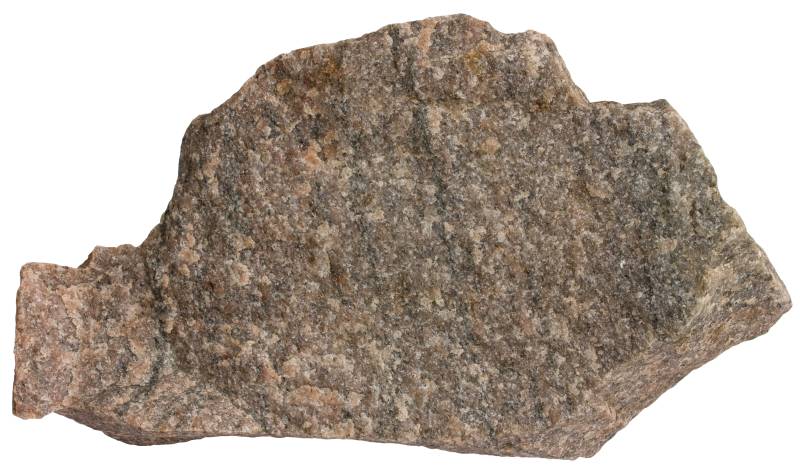
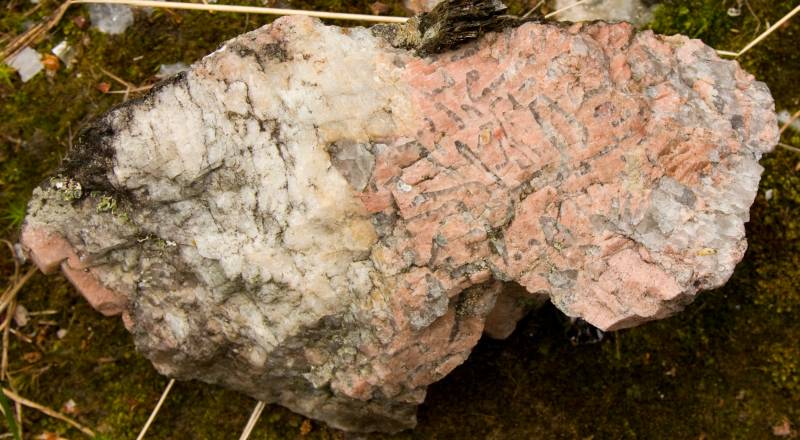
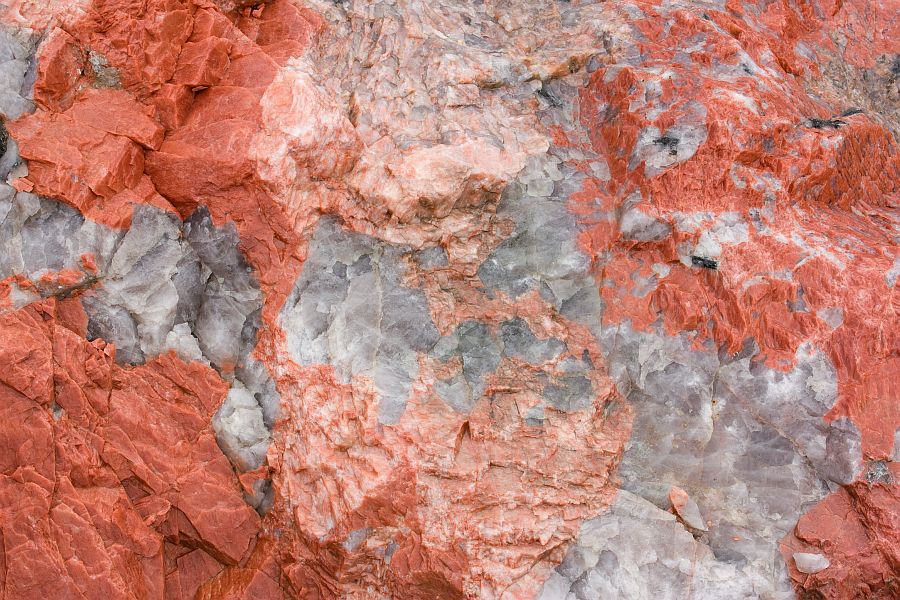
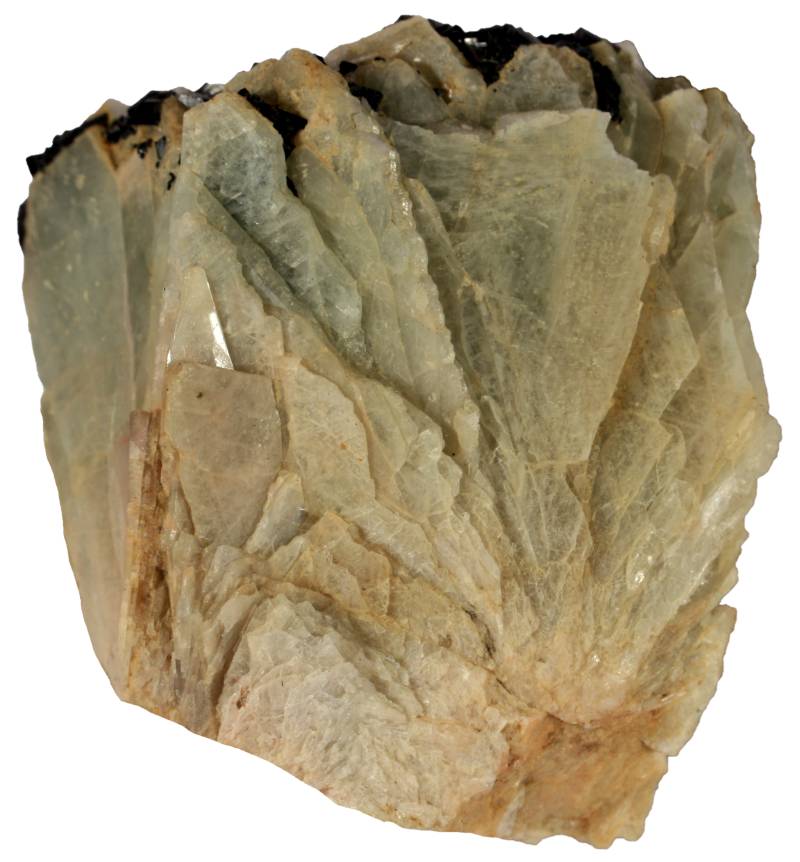
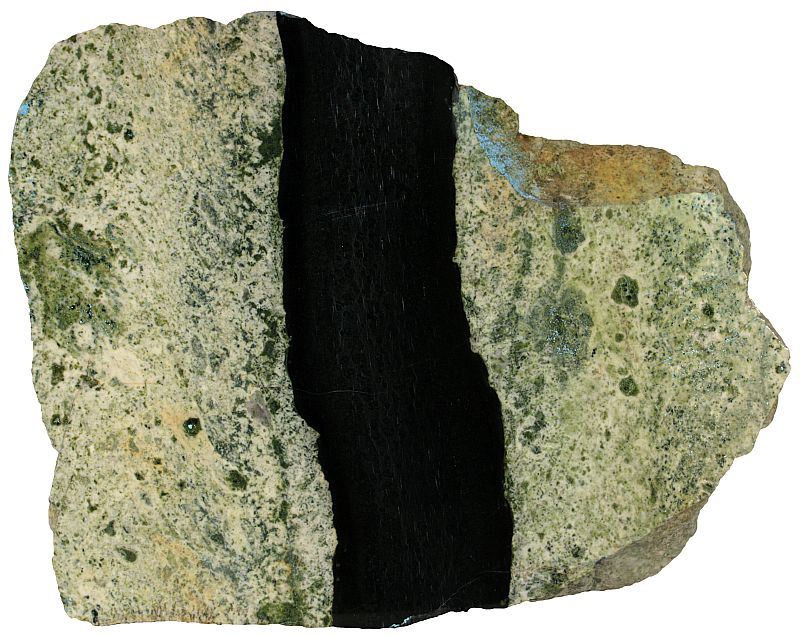
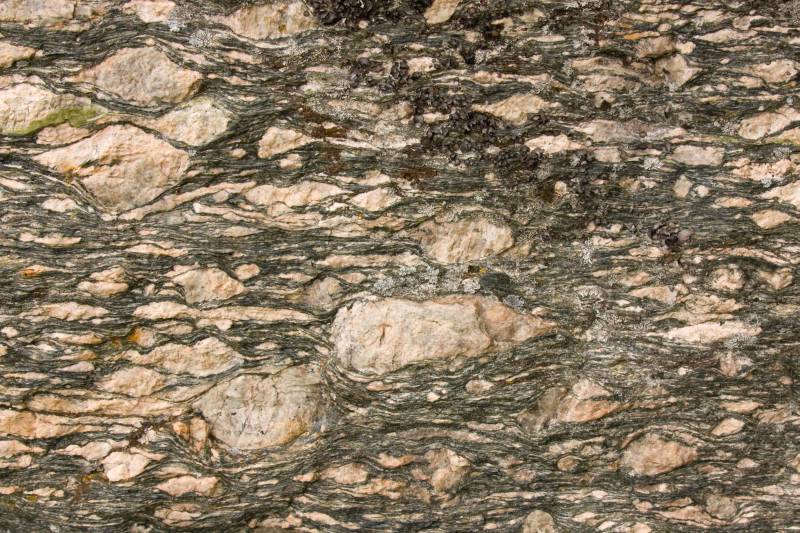
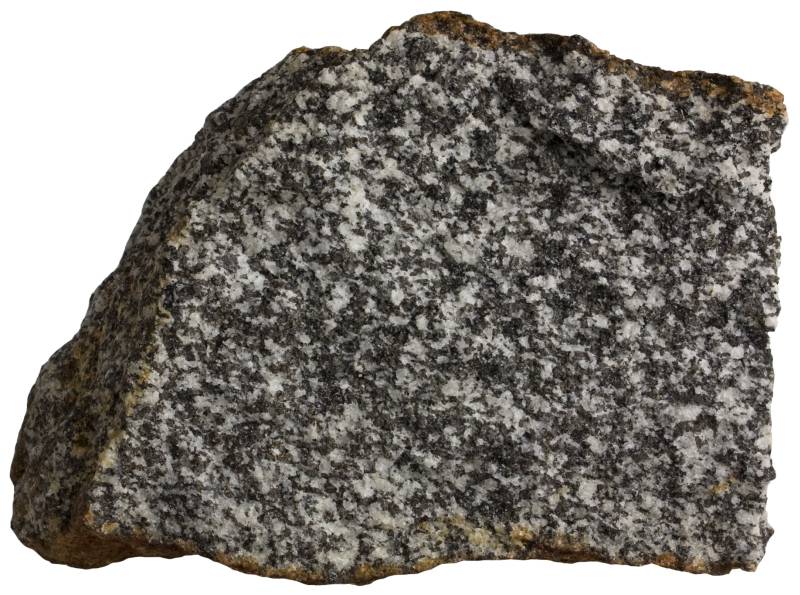
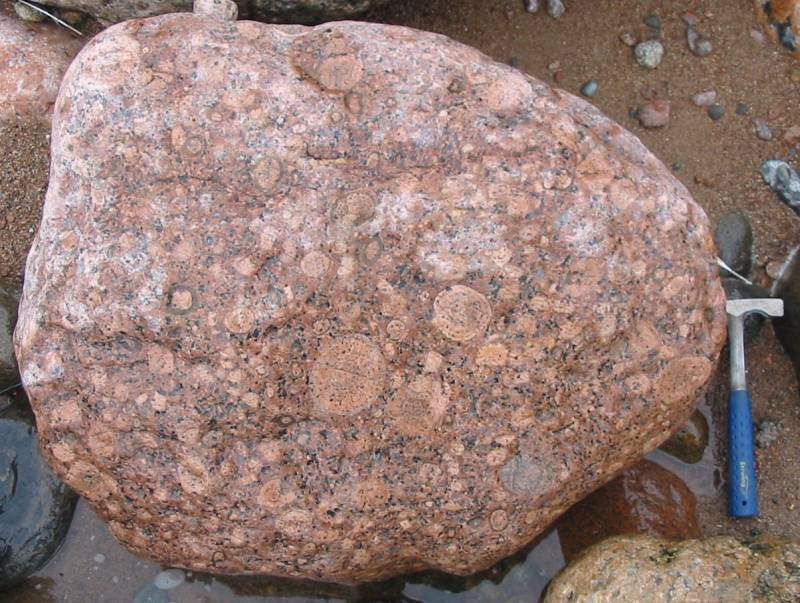
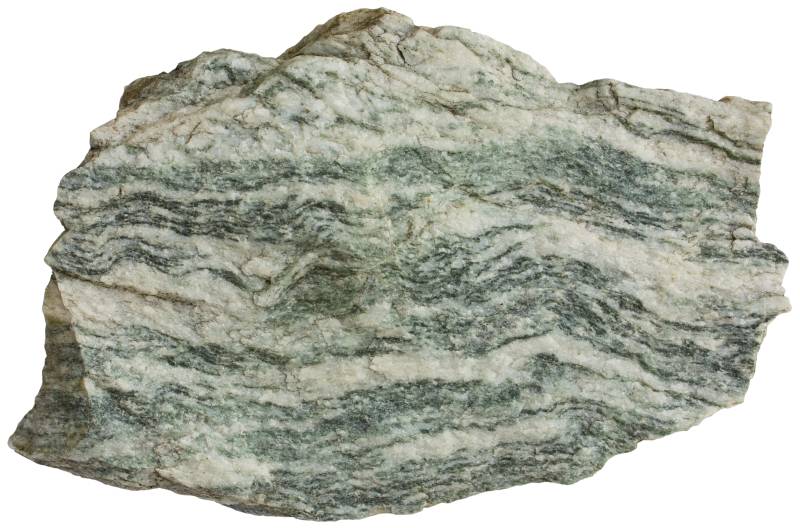
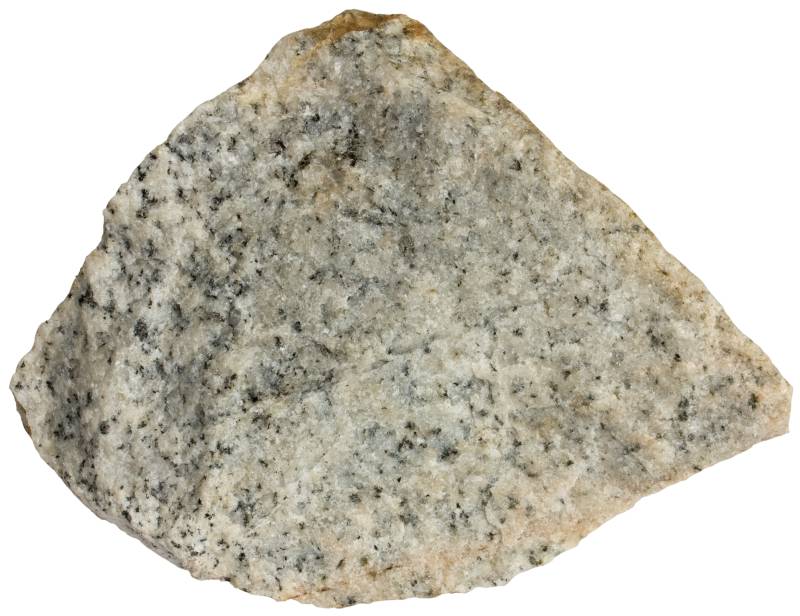
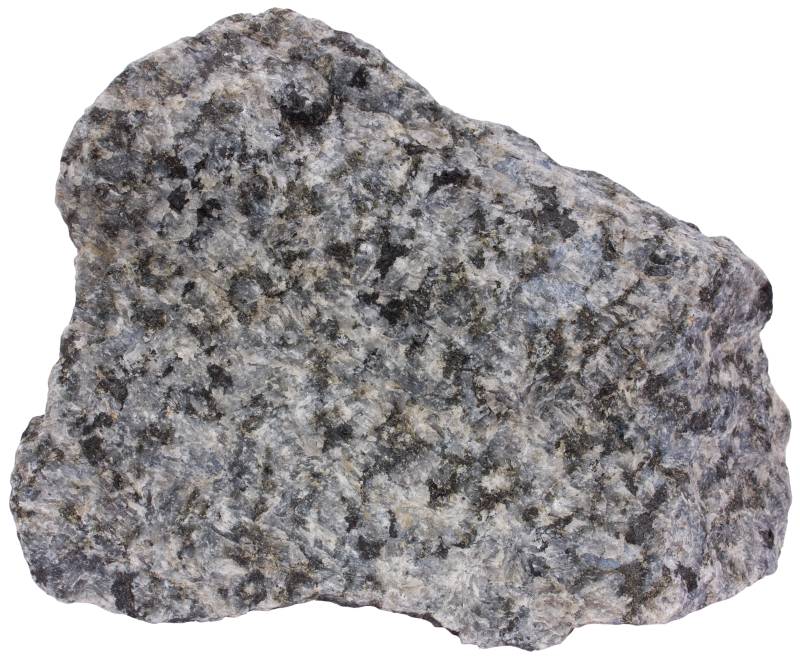
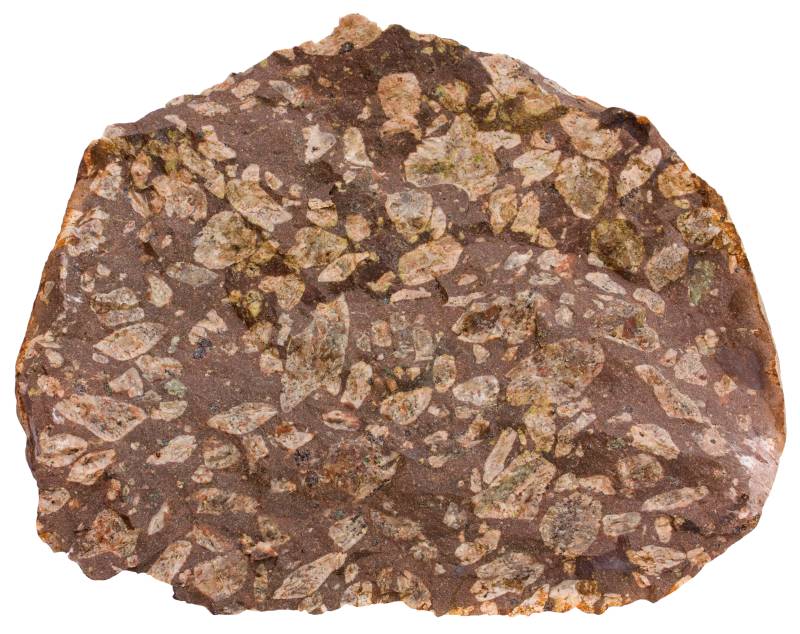
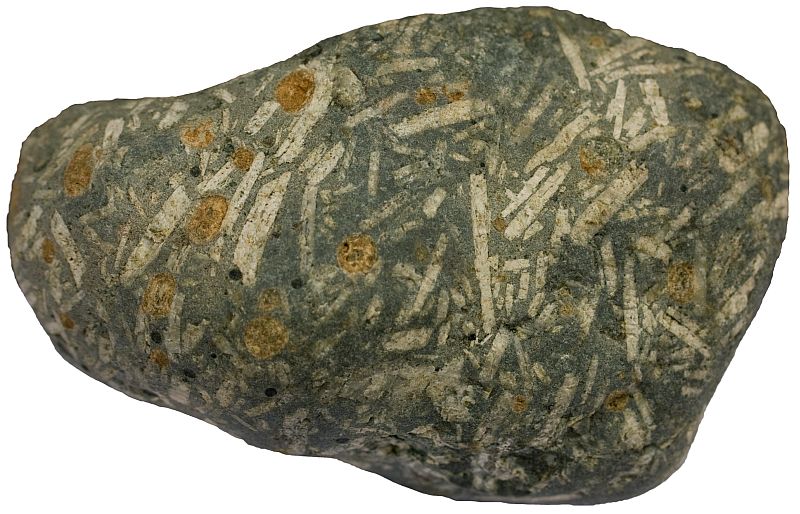

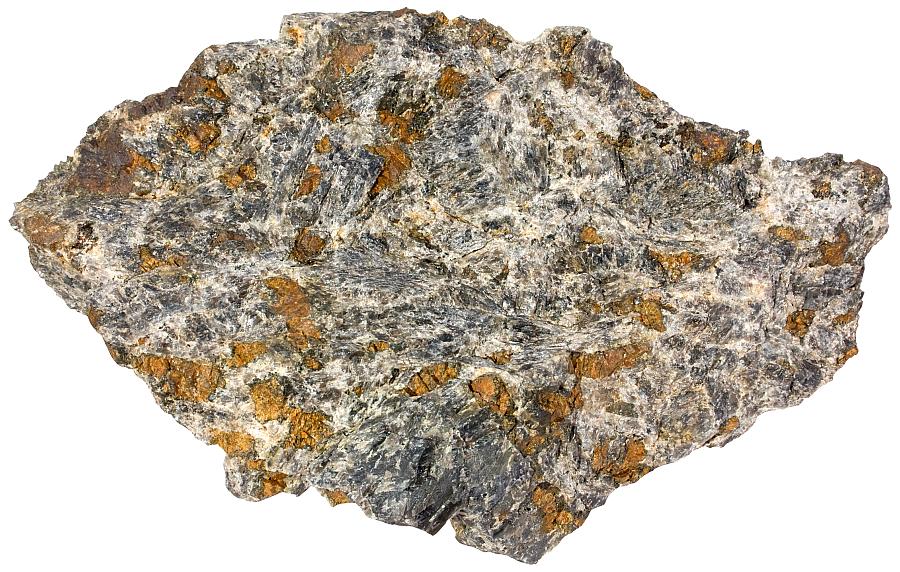
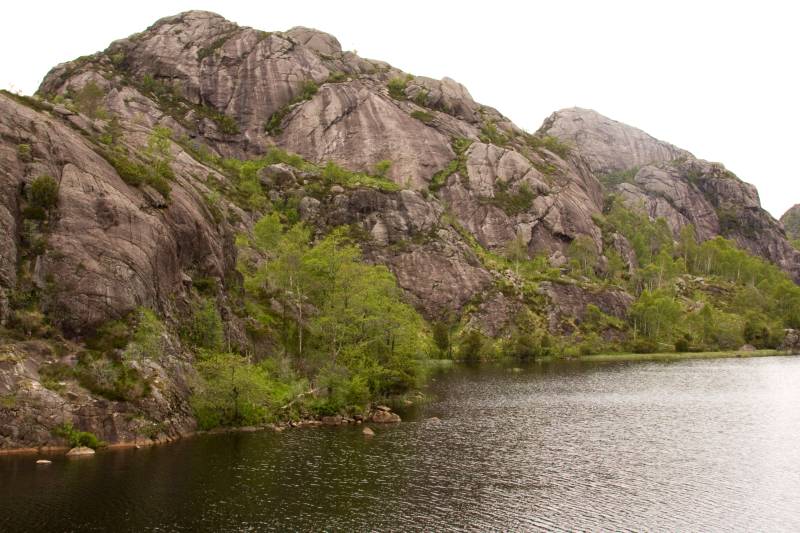
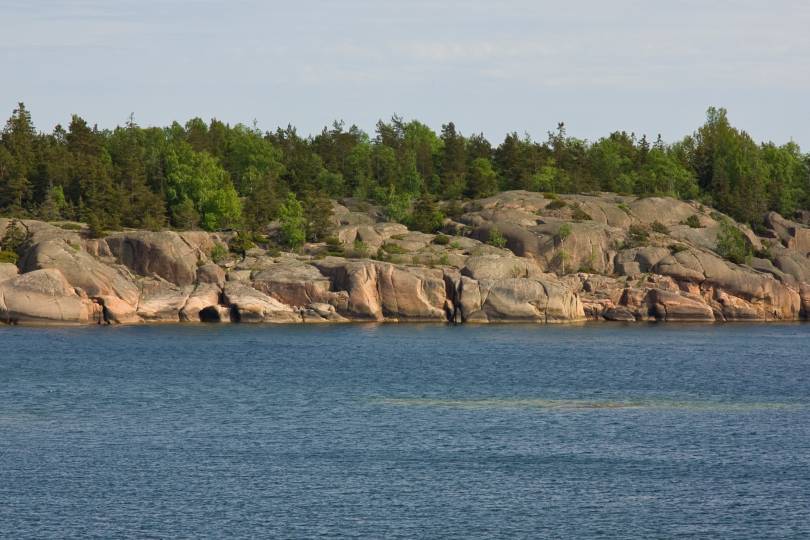
Uses
Feldspar-rich rocks are used as an aggregate. Clay deposits are derived primarily from feldspar-rich rocks. Feldspars are raw materials for glass and ceramic industries. Ca-rich plagioclase feldspar has some potential as an aluminum ore, but currently it is more economical to extract aluminum from bauxite. They are also used in metallurgy. Some iridescent feldspars are valued as gemstones and many feldspar-rich rocks are valued building and monument stones.
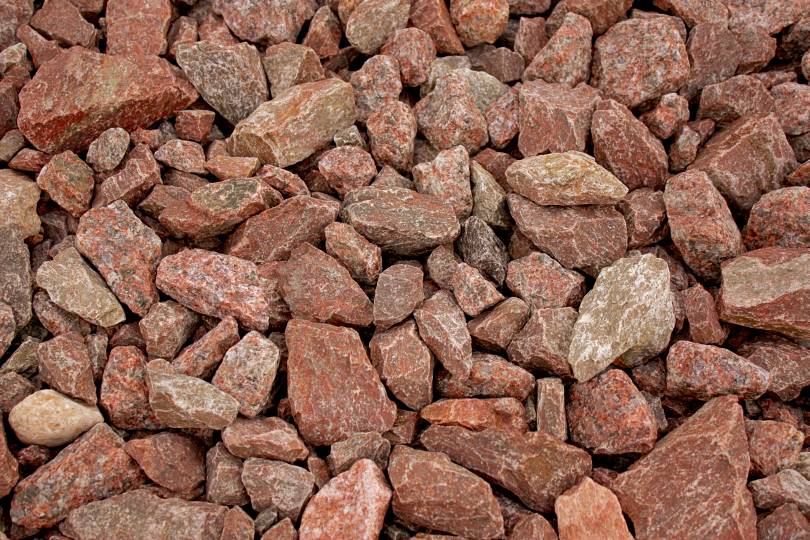
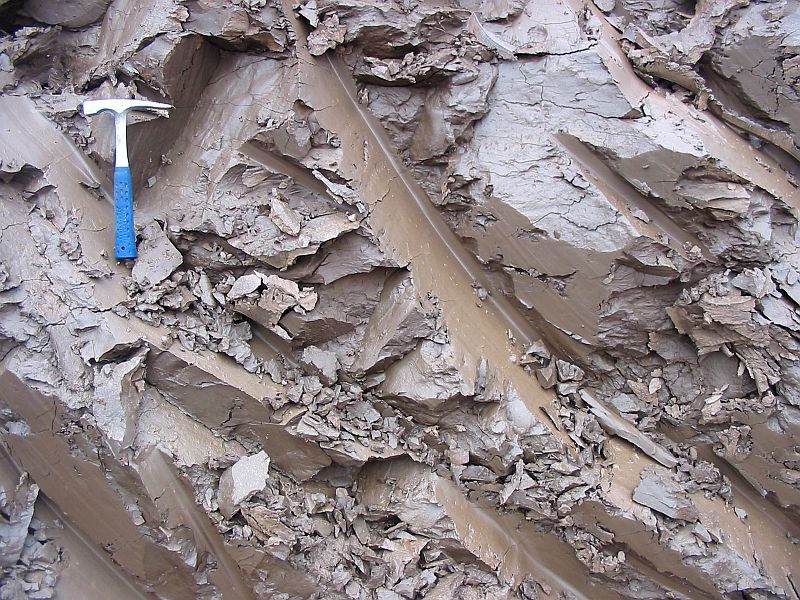
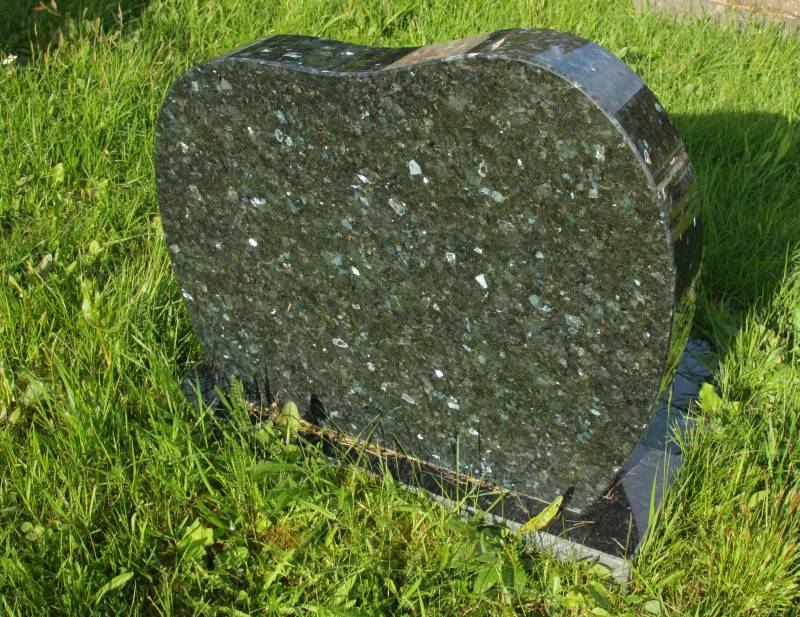
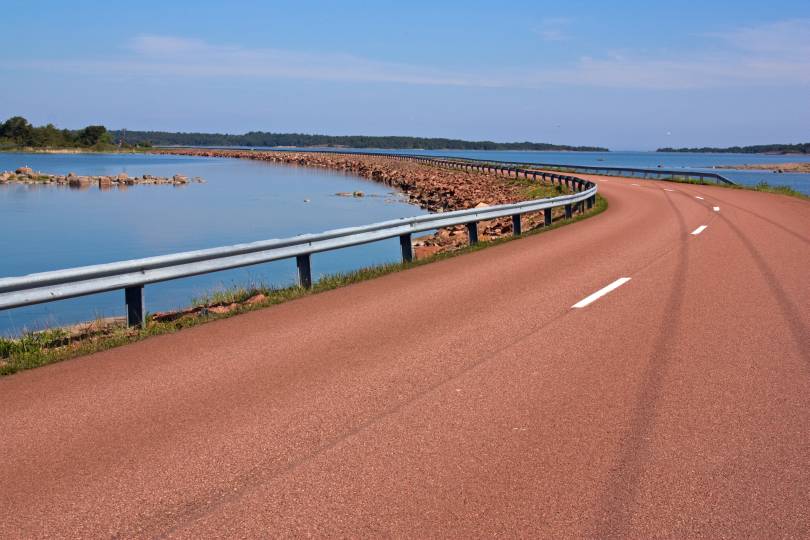
You may also like
References
1. Ribbe, Paul H. (2007). Feldspar. In: McGraw Hill Encyclopedia of Science & Technology, 10th Edition. McGraw-Hill. Volume 7. 45-49.
2. Nesse, William D. (2011). Introduction to Mineralogy, 2nd Edition. Oxford University Press.
3. Deer, W. A., Howie, R. A. & Zussman, J. (1996). An Introduction to the Rock-Forming Minerals, 2nd Edition. Prentice Hall.
4. Jackson, J. A. (1997). Glossary of Geology, 4th Edition. American Geological Institute.

